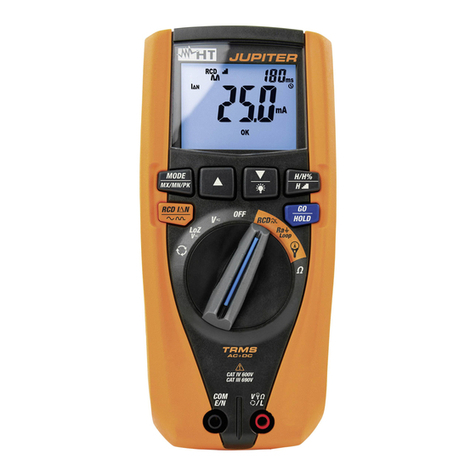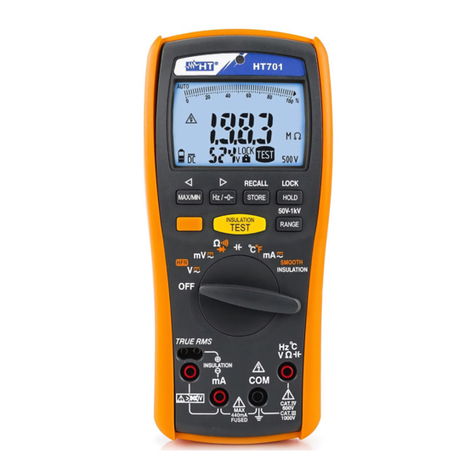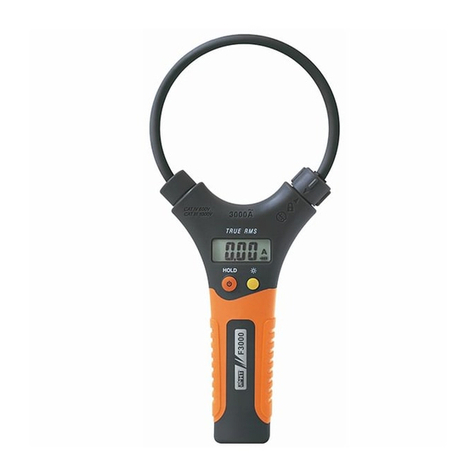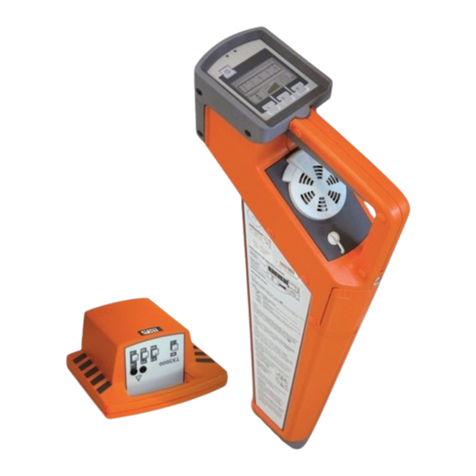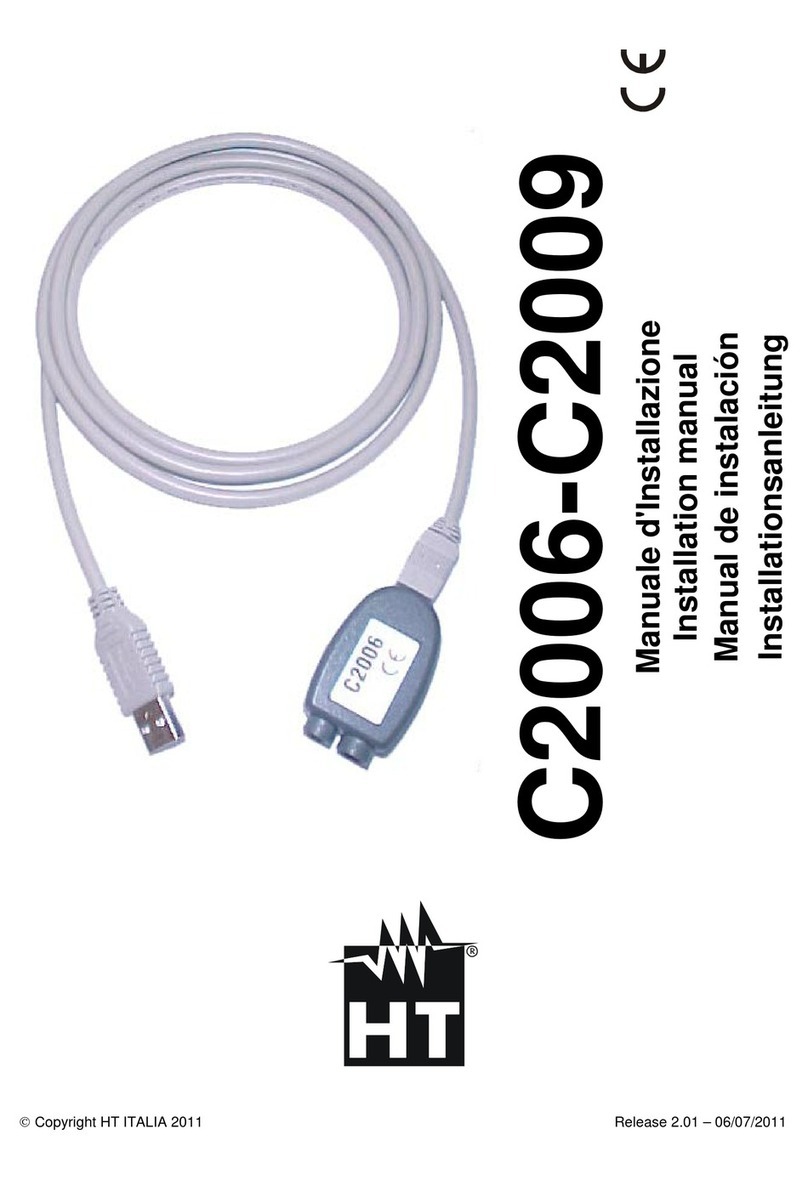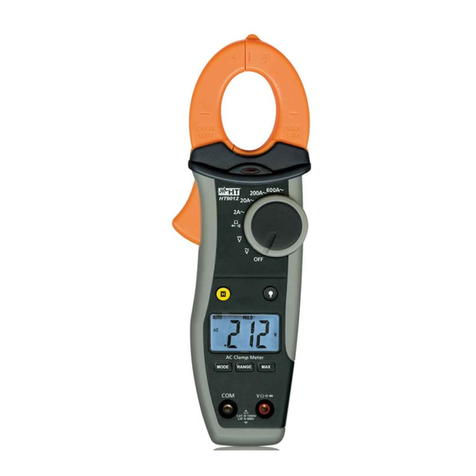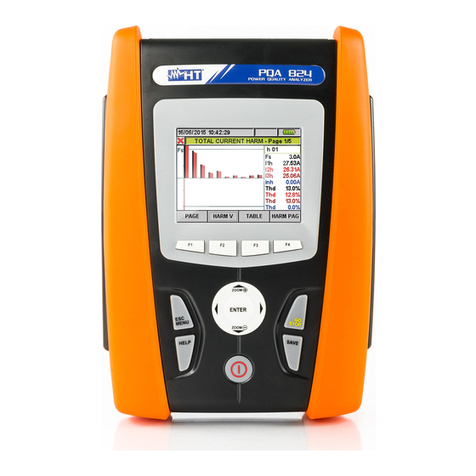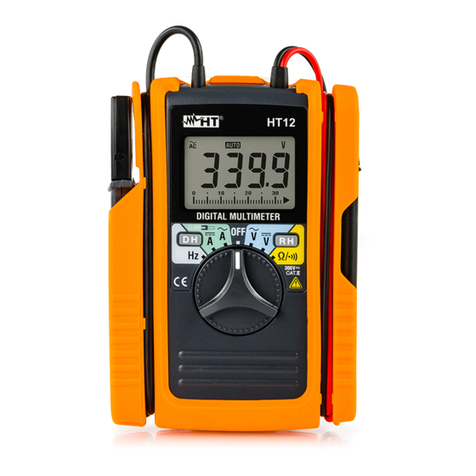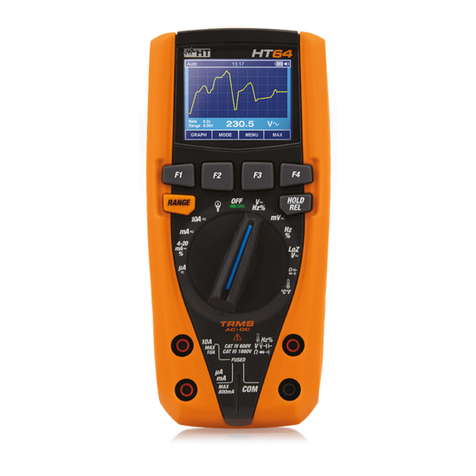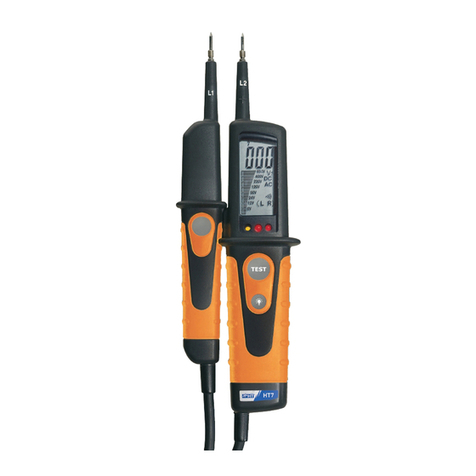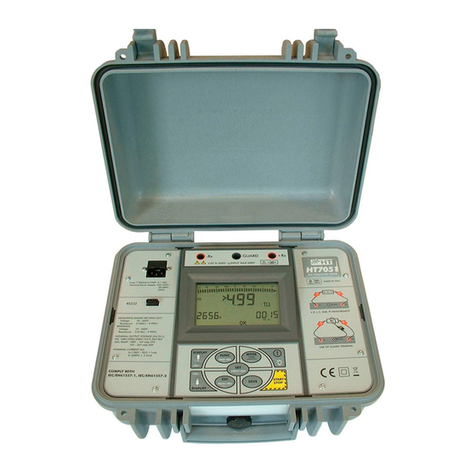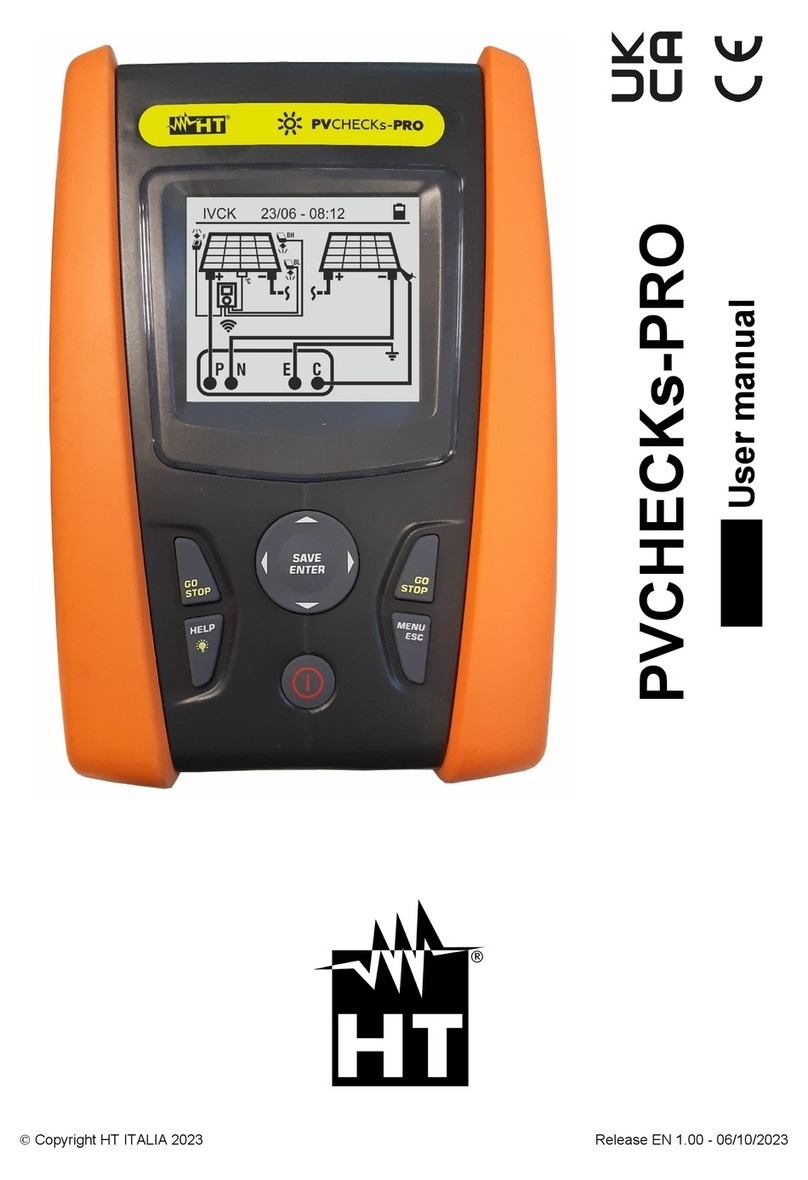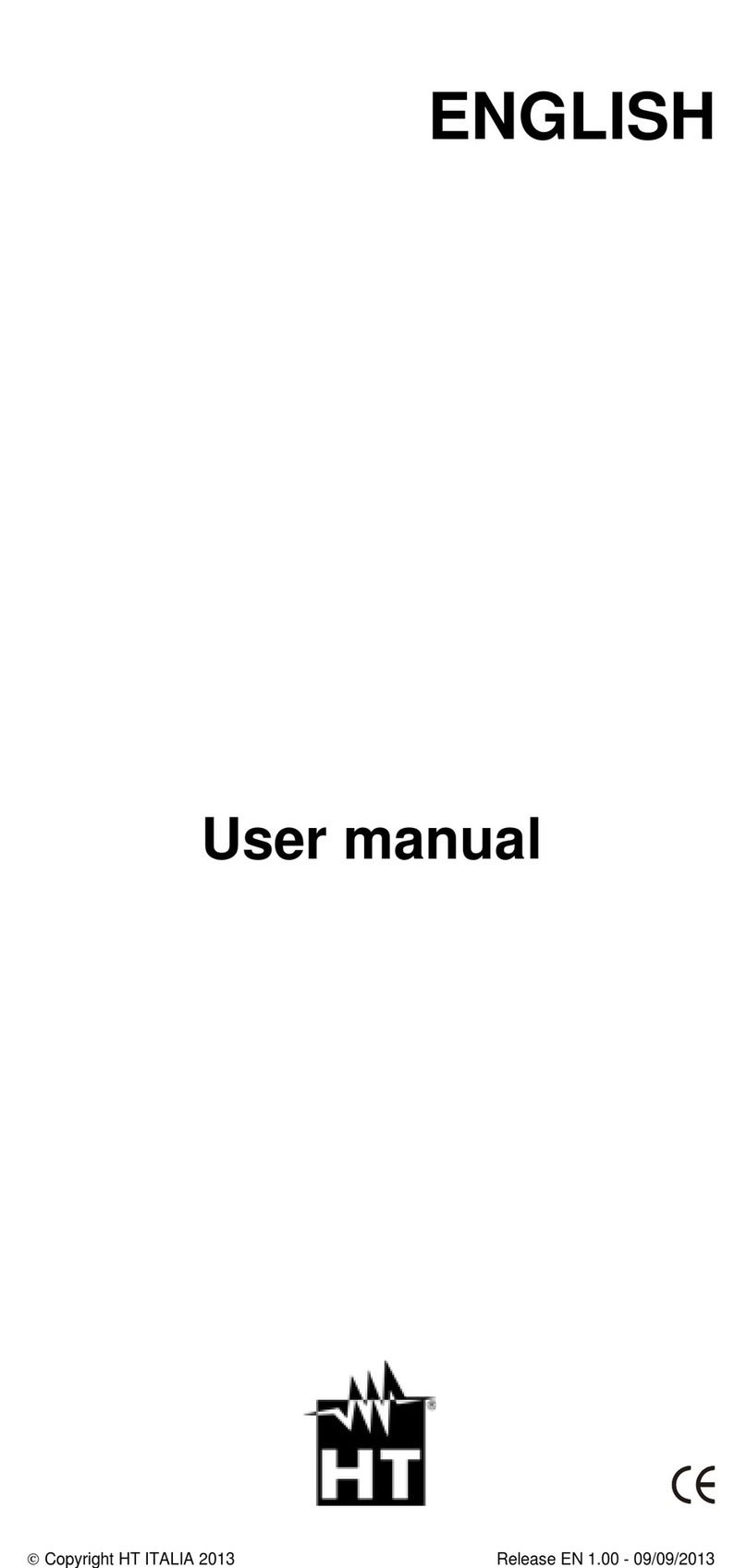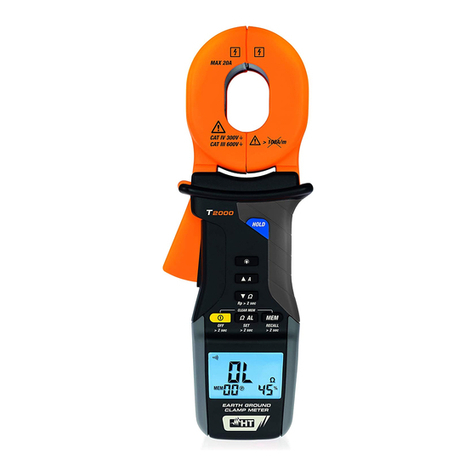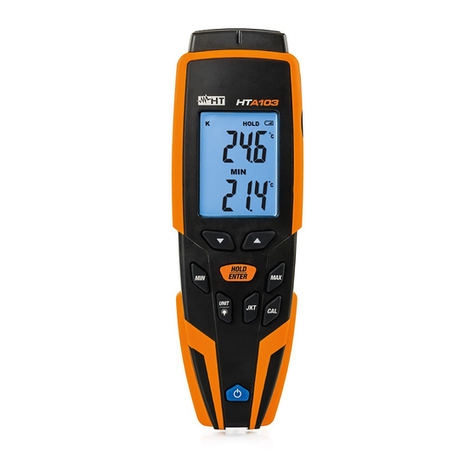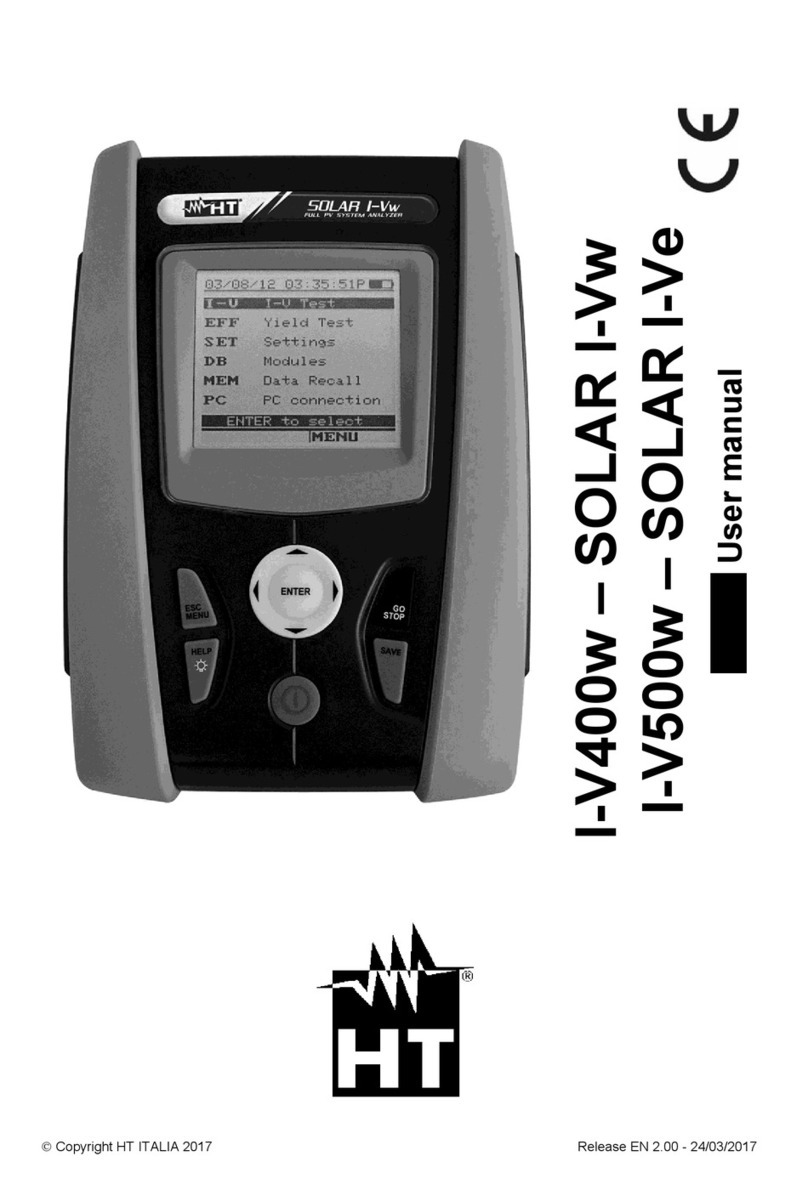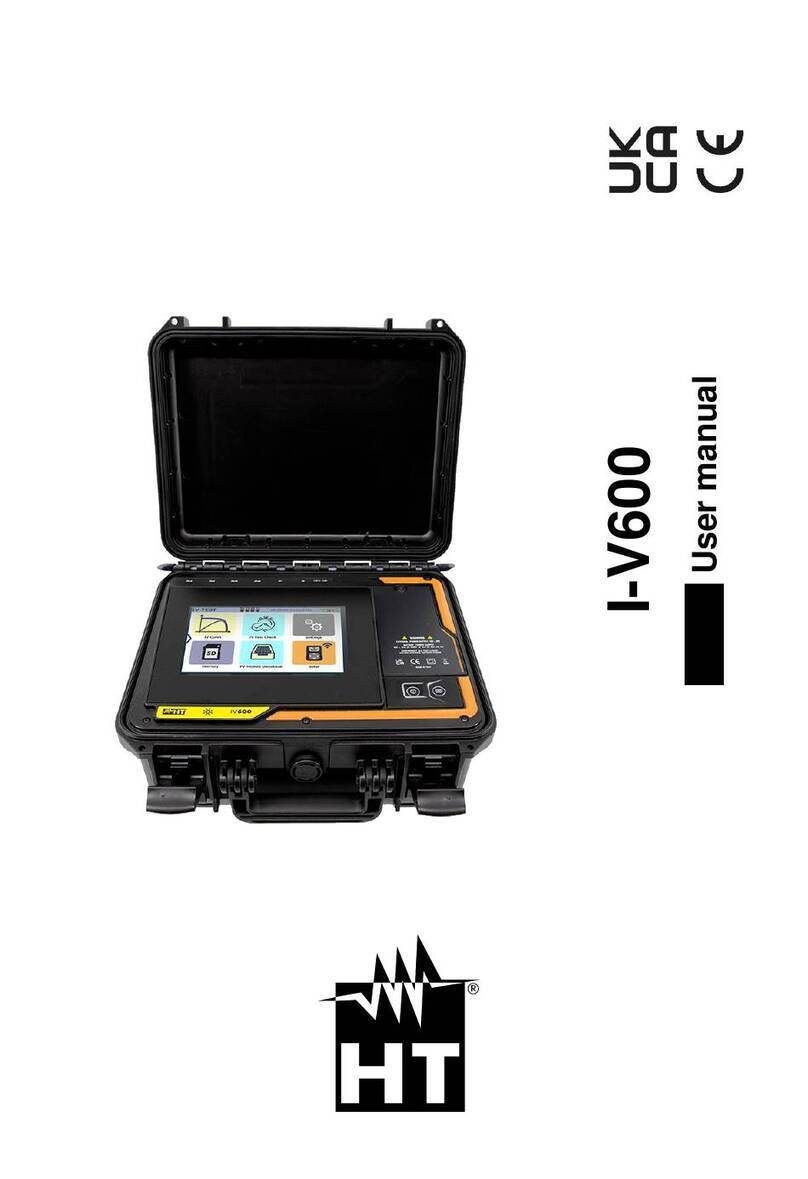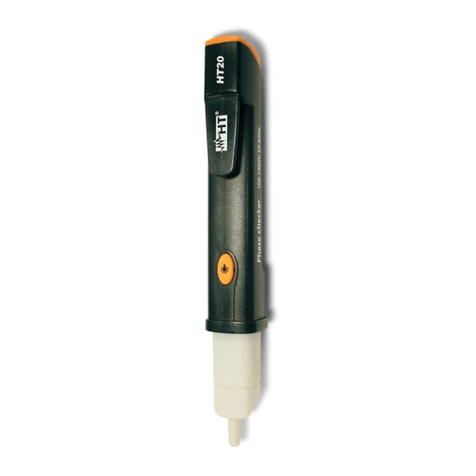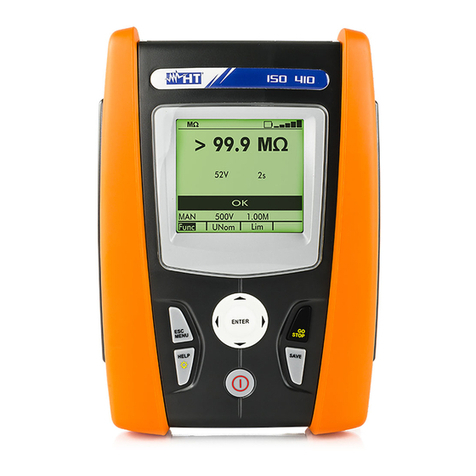
EASYTEST-COMBI519
EN - 2
TABLE OF CONTENTS
1.PRECAUTIONS AND SAFETY MEASURES ...............................................................4
1.1.Preliminary instructions ..................................................................................................... 4
1.2.During use......................................................................................................................... 5
1.3.After use............................................................................................................................ 5
1.4.Definition of measurement (overvoltage) category............................................................ 5
2.GENERAL DESCRIPTION ...........................................................................................6
2.1.Foreword ........................................................................................................................... 6
2.2.Instrument functions.......................................................................................................... 7
3.PREPARATION FOR USE ...........................................................................................8
3.1.Initial checks...................................................................................................................... 8
3.2.Instrument power supply ................................................................................................... 8
3.3.Storage.............................................................................................................................. 8
4.NOMENCLATURE........................................................................................................9
4.1.Instrument description....................................................................................................... 9
4.2.Description of measuring leads......................................................................................... 9
4.3.Keyboard description....................................................................................................... 10
4.4.Display description .......................................................................................................... 10
4.5.Initial screen .................................................................................................................... 10
5.GENERAL MENU.......................................................................................................11
5.1.SET – Instrument settings............................................................................................... 11
5.1.1.Language ............................................................................................................................... 11
5.1.2.Country................................................................................................................................... 12
5.1.3.Electrical system .................................................................................................................... 12
5.1.4.General settings..................................................................................................................... 13
5.1.5.Auto Start feature................................................................................................................... 13
5.1.6.Date and time......................................................................................................................... 13
5.1.7.Information ............................................................................................................................. 13
6.OPERATING INSTRUCTIONS...................................................................................14
6.1.AUTO: Automatic test sequence (Ra , RCD, M)......................................................... 14
6.1.1.Anomalous situations............................................................................................................. 21
6.2.DMM: Digital multimeter function .................................................................................... 22
6.3.RPE: Continuity of protective conductors........................................................................ 24
6.3.1.TMR mode ............................................................................................................................. 26
6.3.2.> < mode ............................................................................................................................. 27
6.3.3.Anomalous situations............................................................................................................. 28
6.4.Lo: Continuity of protective conductors with 10A.......................................................... 29
6.4.1.Anomalous situations............................................................................................................. 31
6.5.M: Measurement of insulation resistance..................................................................... 32
6.5.1.TMR mode ............................................................................................................................. 36
6.5.2.AUTO mode ........................................................................................................................... 37
6.5.3.Anomalous situations............................................................................................................. 38
6.6.RCD: Test on differential switches .................................................................................. 40
6.6.1.AUTO mode ........................................................................................................................... 43
6.6.2.AUTO mode ....................................................................................................................... 44
6.6.3.x½, x1, x5 modes................................................................................................................... 45
6.6.4.mode ................................................................................................................................. 46
6.6.5.Anomalous situations............................................................................................................. 47
6.7.LOOP: Line/Loop impedance and overall earth resistance............................................. 50
6.7.1.Test types............................................................................................................................... 53
6.7.2.Test cable calibration (ZEROLOOP) ..................................................................................... 55
6.7.3.STD Mode – Generic test ...................................................................................................... 57
6.7.4.Br.Cap mode – Verification of the breaking capacity of protection devices .......................... 59
6.7.5.TripT - Verification of protection coordination........................................................................ 61
6.7.6.Ra 2-wire test - Verification of protection against indirect contacts................................... 63
6.7.7.Ra 3-wire test - Verification of protection against indirect contacts................................... 65
6.7.8.Verification of protection against indirect contacts (IT systems) ........................................... 67












